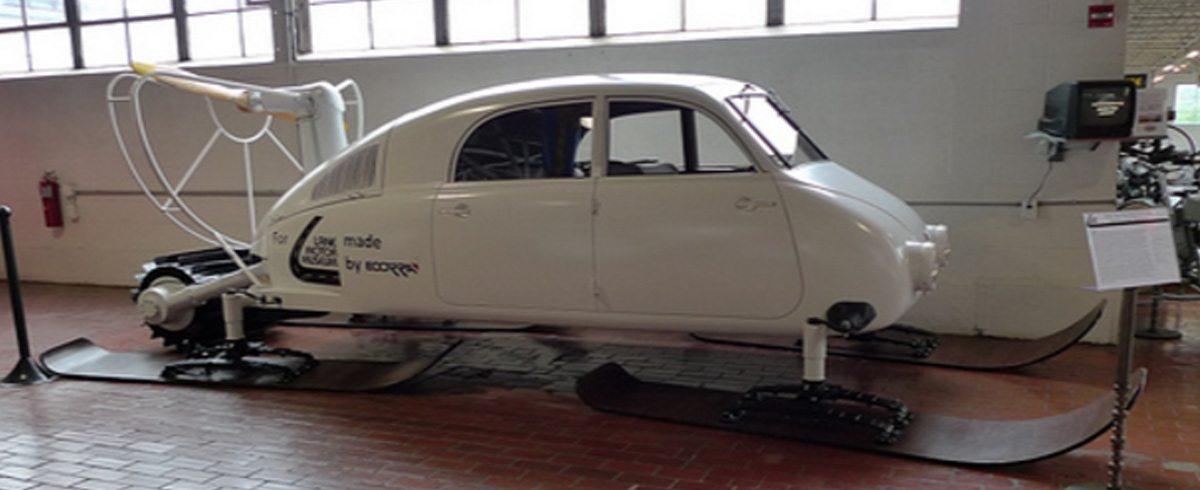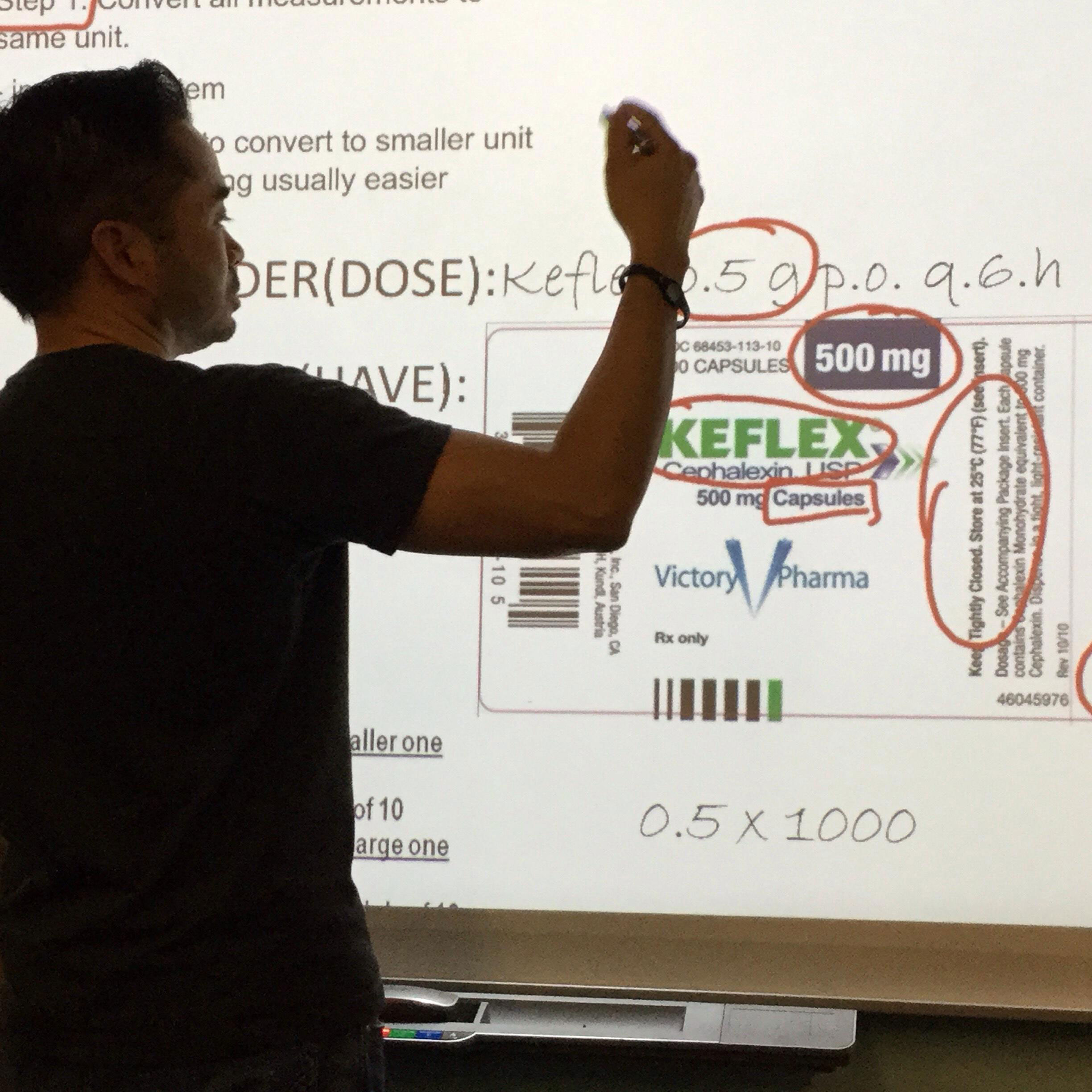The website Jennery put out its prognostications for design trends come the new year. While some trends noted aren’t germane to graphic design – print publications going digital is making the word “design” rather like an accordion – there is one trend that I wish to underscore: minimalist design.
When a user reports that a website is intuitive, what are they really saying? Answer: The user is saying that the website is easy to operate; the user is saying that their intuition guided them readily to the call-to-action buttons, and that, when they needed to find a feature, they didn’t try hard at all.
Let us for a moment digress and think about minimalist design in the non-digital sense. Have you gotten used to the Apple Store? When one enters this store, there is so much, and yet so little. The hardware rests upon borderline tacky looking tables, the employees are clearly designated by their matching t-shirts and skinny jeans, and the accessories line the walls. Even the checkout devices are mobile.
Businesses took notice. One could hardly fault a person for moseying into the Windows store, mistaking it for Apple – the store layout is identical.
Now think of websites that you frequent. Take a step back and examine the site’s menus, the site’s use of a sidebar, scrolling images, all of it. How intuitive is the site?
If you hadn’t spent hours on this site, say, a music review site, try to recall your initial impression. Did you suffer using the site’s search apparatus?
To put it another way: uniformity is the comfort of the masses. Imagine getting into a vehicle with the steering wheel where the driver-side window is, the gas pedal is now operated by one’s elbow, the stick shift sits upon the arm rest. You’d go batty, and we’d all be paying more for auto insurance.
Conventions guide us more easily through life. Graphic designers need to get keen on the notion, for that notion will certainly yield dividends.








